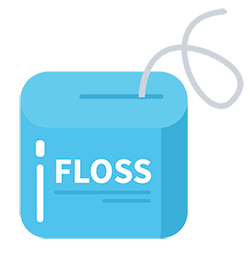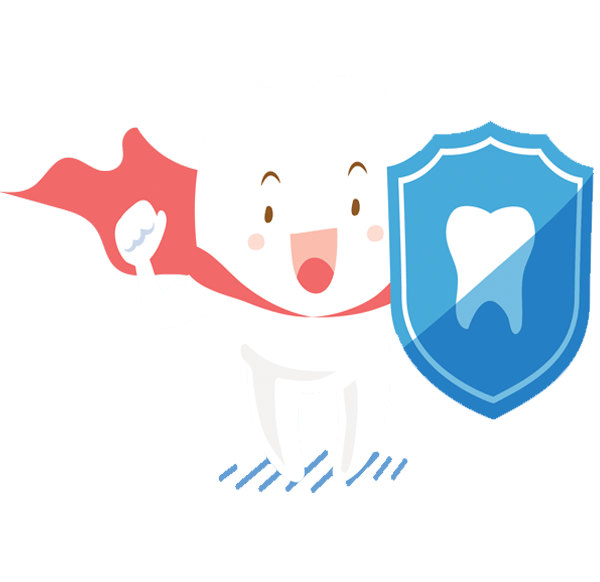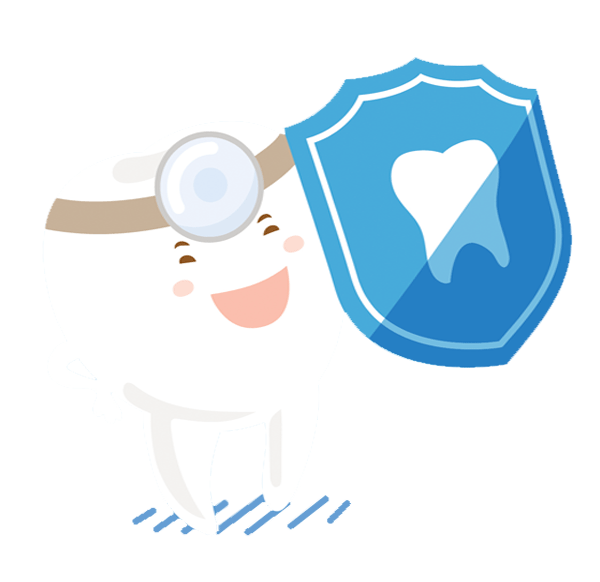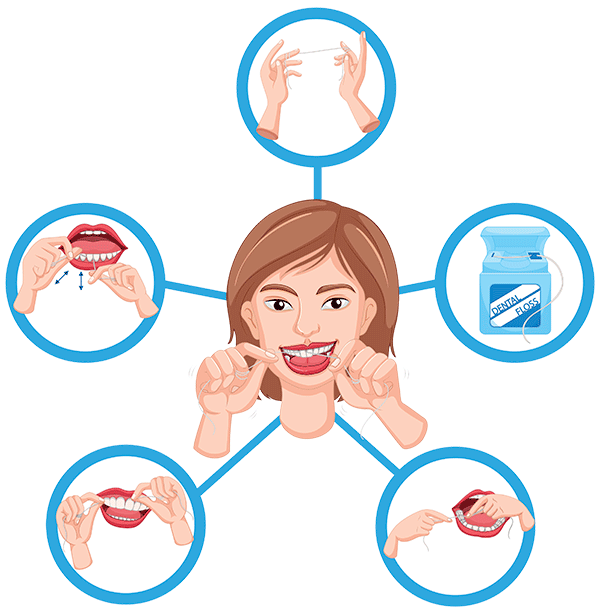Floss Like a Boss
FLOSS LIKE A BOSS
Our team at Meridian South Family Dentistry cares about our patients. We treat you with respect, honesty, integrity & compassion. It is recommended to brush your teeth twice a day, but don’t forget about flossing. It’s something we ask during each checkup. “Have you been flossing regularly?” The American Dental Association recommends to brush your teeth twice a day AND to floss once a day (source: ADA). Flossing cleans many of the spaces between the teeth and gums. Your toothbrush can only clean what it can get to, mainly the outer surface of the tooth and gums. Still not convinced?


Flossing and Brushing Are More Effective Together
Brushing alone will not remove buildup from below the gum line, only flossing can help to remove this sub-gingival plaque. Yet flossing alone cannot remove plaque on many areas of the teeth, only brushing can help with this removal. Together, build up like plaque can be removed by the use of both brushing and flossing and regular dental checkups.

Flossing and Brushing Are More Effective Together
Often bacteria, plaque and food particles build up at the base of teeth, in between the teeth or below the gums. Regular flossing in a back and forth motion helps to remove this debris leading to healthier gums. Decreasing the possibility of swollen, bleeding or irritated gingival from buildup in the mouth that is not intended to be left in place.

Flossing Prevents Other Diseases
Plaque, bacteria and food particles that remain under the gingival without proper removal can lead to a lifelong disease known as Periodontal Disease. Although there are many contributing factors that can lead to a periodontal diagnosis we know that proper home care and regular dental checkups greatly decrease the chances of having periodontal related issues. Typically, this disease requires more frequent dental cleanings as bacteria that isn’t properly removed can enter the bloodstream and directly affect the entire body, including the heart.

About Us
PROPER FLOSSING TECHNIQUE
Pull out about 18 inches of floss, wrapping the ends around your fingertips for better control. Gently slide the floss between your teeth, being careful not to jam it into your sensitive gums. Curve the floss around each tooth and rub it up and down to scrape away plaque. Avoid sawing motions with the floss — that can hurt your gums. When you’re done, throw away the used floss. It can fray during use and collect bacteria. Rinse with mouthwash and brush your teeth [source: ADA].
Flossing Helps Prevent Other Diseases
Tooth and gum disease can have effects that go far beyond discolored teeth, discomfort or bad breath. Extensive research has shown that the bacteria that flourish in an unhealthy mouth can harm the rest of the body, leading to heart disease, diabetes and respiratory illness. This is such a significant issue that, in 2003, the Centers for Disease Control and Prevention (CDC) began calling for public health initiatives to address oral health as a step toward addressing these potentially life-threatening systemic diseases: conditions that affect multiple organs and body systems [sources: CDC, CDA].
Flossing Prevents Tartar Buildup
Few parts of a regular dental visit are as uncomfortable as the scraping the dentist or hygienist must do to remove tartar. Tartar is a hard buildup of plaque that forms around the gum line. Once it's there, it can't be removed without professional help. But thanks to floss, health-conscious individuals have a powerful tool to fight this stubborn problem. Flossing allows you to remove the plaque that causes tartar while it's in its early form: sticky, but soft and pliable. Since plaque doesn't harden into tartar until it's been undisturbed for a period of time, regular flossing can keep buildup from happening.

